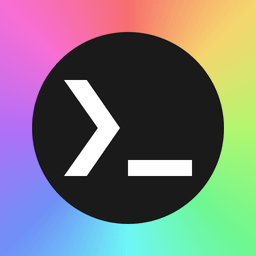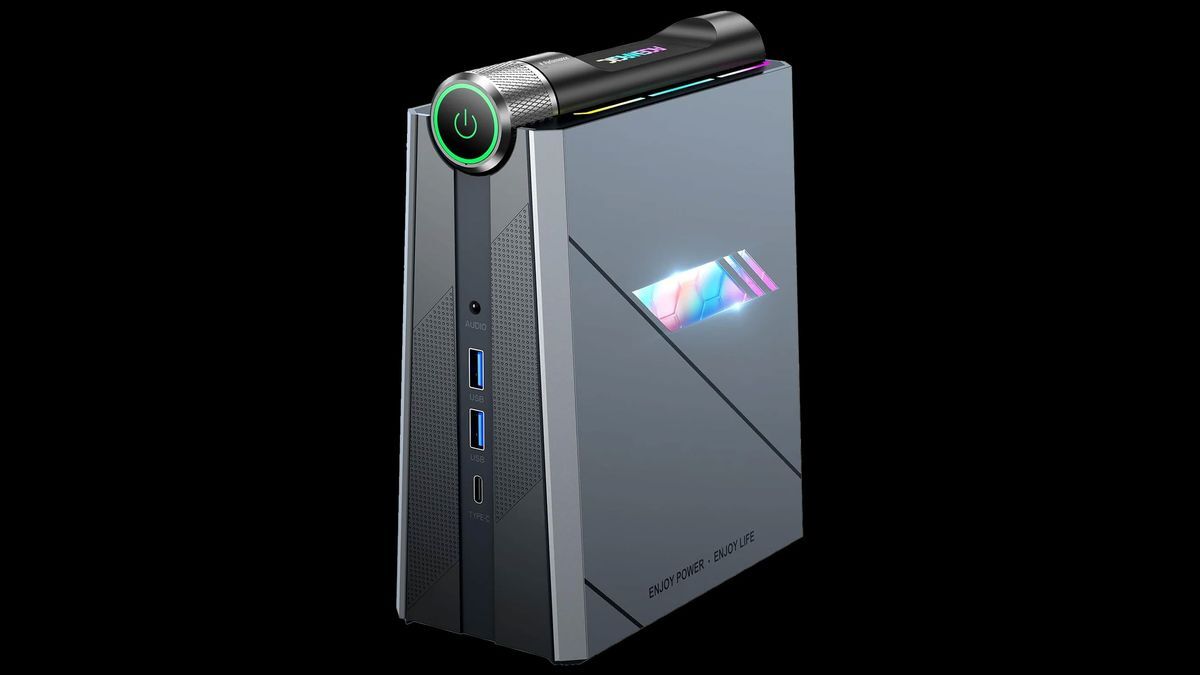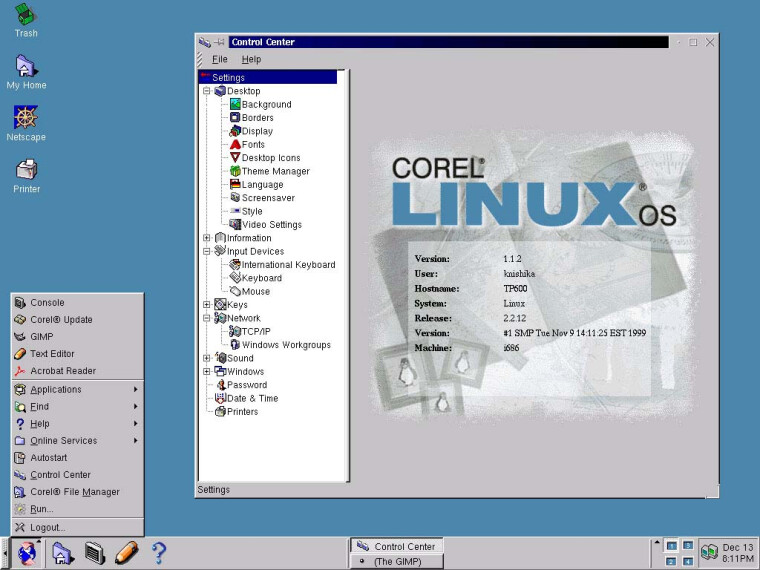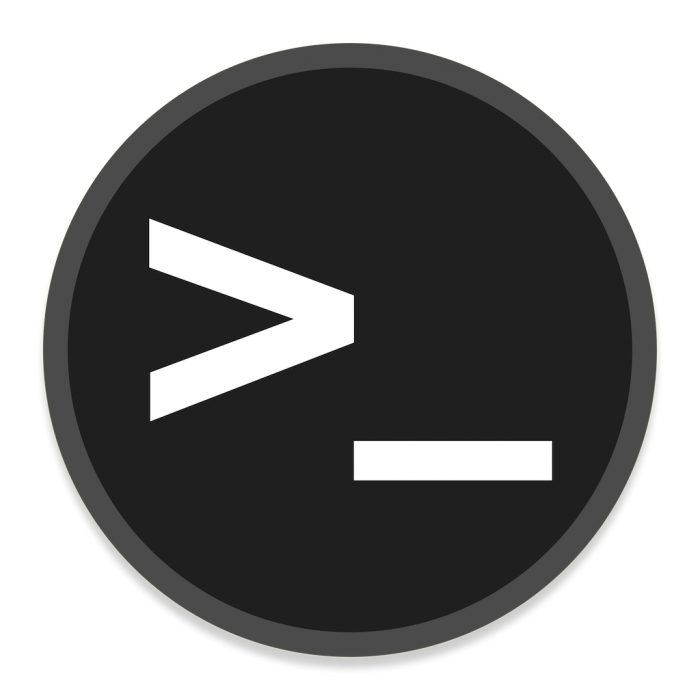It refers to modern Intel CPUs where there are two types of cores - performance cores (P-cores) and efficient cores (E-cores). This is similar to ARM’s big.LITTLE architecture which we’ve seen in smartphones for many years already.
See: https://www.intel.com/content/www/us/en/gaming/resources/how-hybrid-design-works.html
































ntfs3has had several improvements in 6.2 and 6.8, and it’s been pretty stable for me of late. I use it to share/backup my Steam game library mainly + for my portable drives for general data storage/local backups, and haven’t had any issues.It’s not orphaned. There was a bit of lull after it was introduced in kernel 5.15, and yes it was a bit unstable in the 5.x series, but it’s been pretty good since 6.2 where they finally introduced the
nocaseandwindows_namesmount options. The performance improvements are worth it if you use NTFS heavily, so I would personally recommend switching.